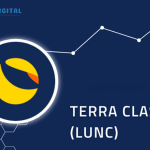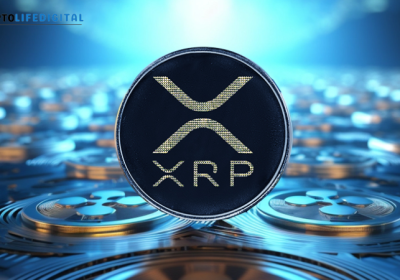Understanding the Dynamics of LUNC and USTC Supply on the Terra Classic Chain

The Terra Classic blockchain has long been at the center of discussions regarding its tokenomics and sustainability. The supply of LUNC and USTC, the chain’s native tokens, continues to attract the attention of the global crypto community. Contrary to speculation, the network no longer prints additional tokens for either LUNC or USTC. Instead, the ecosystem operates under a deflationary mechanism, primarily driven by consistent burns designed to gradually reduce total supply and enhance long-term value.
Read Also: Terraport and COSMOSPumpFun Collaboration Unlocks a New Era of Token Creation
A Controlled and Transparent Supply System
One of the most notable features of the Terra Classic chain is its transparent and controlled approach to managing token supply. The total supply of both LUNC and USTC decreases consistently over time, thanks to scheduled burns initiated by the community and major exchanges. Although the total supply trends downward, the circulating supply may experience occasional fluctuations due to staking, redistribution, and liquidity movements across platforms. These fluctuations, however, do not indicate new supply creation but reflect normal on-chain activity.
Read Also: Terraport Weekly Report The Deflationary Engine in Action
The Mechanism Behind the Burn Tax
A key component of the Terra Classic deflationary model is the burn tax. This tax applies to on-chain transactions and is designed to steadily remove tokens from circulation. Under the current structure, 80 percent of all collected burn tax is sent directly to the burn wallet, ensuring that a majority of the tokens are permanently removed from the ecosystem. The remaining 20 percent is equally distributed between the Oracle Pool and the Community Pool. This allocation supports network sustainability, validator rewards, and community-driven initiatives aimed at strengthening the ecosystem.
Binance’s Continued Contribution to Burns
Binance, the world’s largest cryptocurrency exchange, remains one of the most active participants in the Terra Classic burn initiative. The exchange conducts periodic burns of accumulated LUNC trading fees and sends the tokens directly to the burn wallet. This consistent contribution has significantly accelerated the overall burn rate, reinforcing Binance’s ongoing support for the Terra Classic revival efforts.
Sustaining Long-Term Ecosystem Growth
The Terra Classic community has demonstrated remarkable resilience and unity in its mission to restore and sustain value across the network. The deflationary supply model, powered by the burn tax and supported by contributions from exchanges like Binance, ensures a transparent and gradual reduction in token supply. As long as burns continue and no new tokens are minted, the network remains on a stable path toward achieving a healthier and more balanced token economy.
Follow us on Facebook, Telegram, and Google News.

Cryptolifedigital is a cryptocurrency blogger and analyst known for providing insightful analysis and commentary on the ever-changing digital currency landscape. With a keen eye for market trends and a deep understanding of blockchain technology, Cryptolifedigital helps readers navigate the complexities of the crypto world, making informed investment decisions. Whether you’re a seasoned investor or just starting out, Cryptolifedigital’s analysis offers valuable insights into the world of cryptocurrency.









